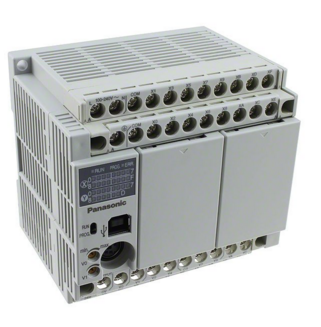What are the main applications of PLC?
Programmable Logic Controller(PLC) is a digital computing operation electronic system, specially designed for application in industrial environments. And the main applications of PLC are as follows:
(1) Analog closed-loop control
For the analog closed-loop control system, in addition to the input and output of the switch quantity, there must be analog input and output points, so that the sampling input and the regulated output can realize the continuous adjustment of parameters such as temperature, flow, pressure, displacement and speed. With control. The current PLC not only has this function for large and medium-sized machines, but also some small-sized machines.
(2) Data collection and monitoring
Since PLC is mainly used for on-site control, it is very necessary to collect field data. On this basis, the PLC can be connected with the host computer or touch screen, and the current value of these data can be observed, and statistical analysis can be performed in time. The PLC has a data recording unit that can be inserted into the unit using a memory card of a general personal computer to store the collected data. Another feature of PLC is the self-test signal. With this feature, the PLC control system can realize white diagnostic monitoring, reduce system failures, and improve system reliability.
(3) Open-loop control of switching quantity
The open-loop control of the switch is the most basic control function of the PLC. The PLC's command system has powerful logic computing capabilities, making it easy to implement various logic control methods such as timing, counting, and sequence (stepping). Most PLCs are used to replace the traditional relay contactor control system.
(4) Intelligent control of digital quantity
When the control system has a rotary encoder and a pulse servo device (such as a stepping motor), the PLC can realize the function of receiving and outputting high-speed pulses to realize digital control. The advanced PLC also specially develops a digital control module to realize the curve. The interpolation function has recently introduced a new type of motion unit module, and also provides a programming language for digital control technology, making PLC digital control easier.


